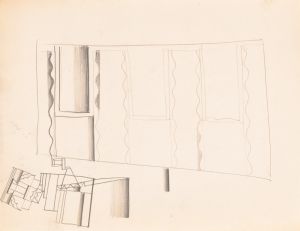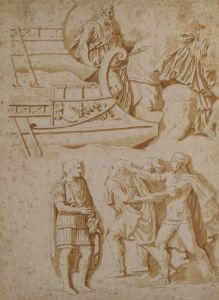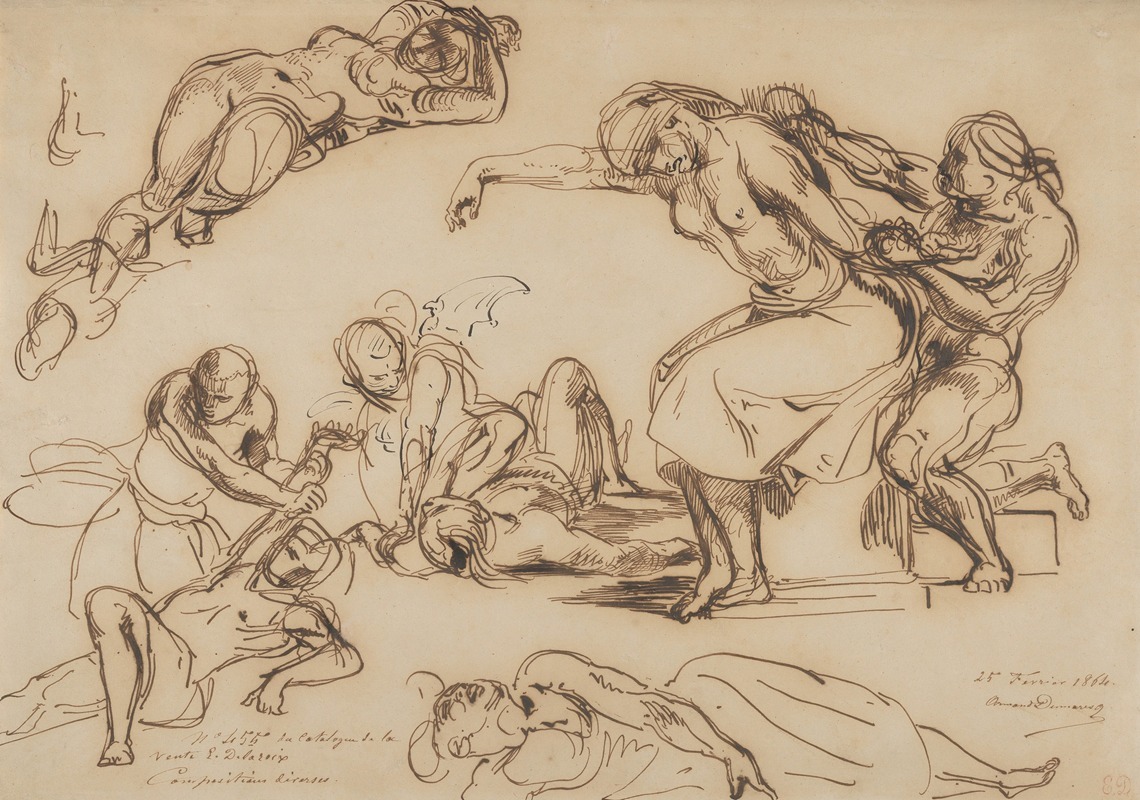
Figure Studies for the Salon du Roi, Palais Bourbon
A hand-painted replica of Eugène Delacroix’s masterpiece Figure Studies for the Salon du Roi, Palais Bourbon, meticulously crafted by professional artists to capture the true essence of the original. Each piece is created with museum-quality canvas and rare mineral pigments, carefully painted by experienced artists with delicate brushstrokes and rich, layered colors to perfectly recreate the texture of the original artwork. Unlike machine-printed reproductions, this hand-painted version brings the painting to life, infused with the artist’s emotions and skill in every stroke. Whether for personal collection or home decoration, it instantly elevates the artistic atmosphere of any space.
Eugène Delacroix, a leading figure of the French Romantic movement, is renowned for his dynamic compositions and vibrant use of color. Among his many works, "Figure Studies for the Salon du Roi, Palais Bourbon" stands out as a significant preparatory piece. This artwork is a study for a larger project, reflecting Delacroix's meticulous approach to composition and his dedication to capturing the human form in motion.
The "Salon du Roi" at the Palais Bourbon, which houses the French National Assembly, was an important commission for Delacroix. The project involved decorating the room with a series of paintings that would reflect the grandeur and historical significance of the French monarchy and its legislative body. Delacroix was tasked with creating a visual narrative that would complement the architectural elegance of the Palais Bourbon, a building designed by architect Jules de Joly in the early 19th century.
"Figure Studies for the Salon du Roi" showcases Delacroix's skill in draftsmanship and his ability to convey emotion and movement through the human figure. These studies were crucial in the planning stages of the final murals, allowing Delacroix to experiment with different poses, gestures, and interactions between figures. The studies likely served as a reference for the artist as he worked on the larger compositions, ensuring that each figure contributed to the overall harmony and storytelling of the murals.
Delacroix's approach to these studies was influenced by his admiration for the Old Masters, particularly the works of Peter Paul Rubens and Michelangelo. He was known for his ability to blend classical techniques with a Romantic sensibility, creating works that were both technically proficient and emotionally resonant. In "Figure Studies for the Salon du Roi," Delacroix's figures are characterized by their dynamic poses and expressive faces, capturing the drama and intensity that would define the final murals.
The studies also reflect Delacroix's interest in the human anatomy and his commitment to realism. He often attended dissections and studied anatomical texts to enhance his understanding of the human body, which is evident in the detailed musculature and naturalistic proportions of the figures in these studies. This attention to detail helped Delacroix create compositions that were both lifelike and artistically compelling.
While the final murals for the Salon du Roi have garnered much attention, the preparatory studies are equally important in understanding Delacroix's artistic process. They provide insight into his creative mind and the methods he employed to bring his grand visions to life. These studies are a testament to Delacroix's dedication to his craft and his ability to convey complex narratives through the medium of painting.
Today, "Figure Studies for the Salon du Roi, Palais Bourbon" is appreciated not only for its artistic merit but also for its historical significance. It represents a pivotal moment in Delacroix's career and offers a glimpse into the artistic practices of the 19th century. As with many of Delacroix's works, these studies continue to inspire and captivate audiences, highlighting the enduring legacy of one of France's most celebrated artists.





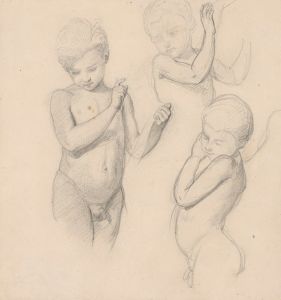
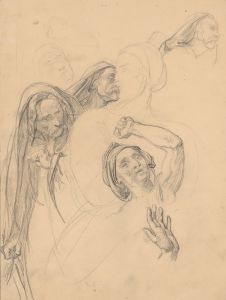
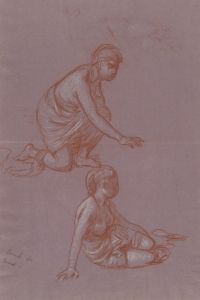
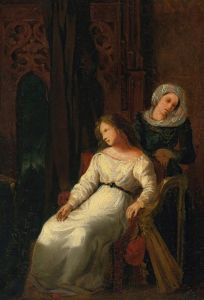
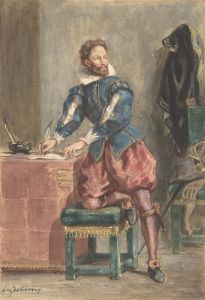

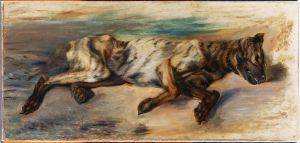
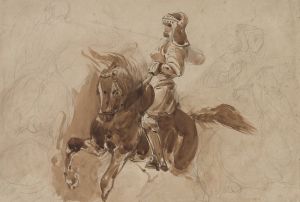
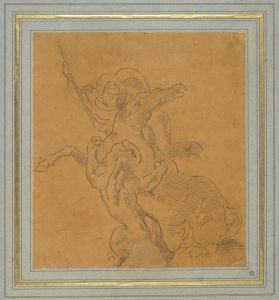
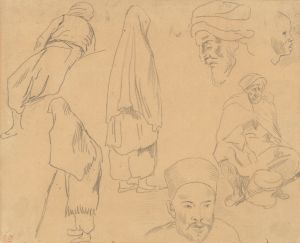
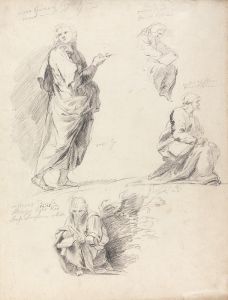
![Miscellaneous small sketches for inlaid table tops.] [Design with blue and orange floral motif](/imgs/249431/s/winold-reiss-miscellaneous-small-sketches-for-inlaid-table-tops-design-with-blue-and-orange-floral-motif-4e4a4b57.jpg)
